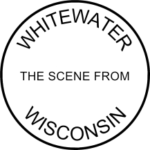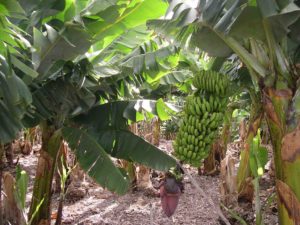 During these years I have written, and long before, one has heard from local officials and residents that the City of Whitewater needs more single-family housing. Single-family housing is a kind of owner-occupied housing (e.g., one owner, two adult owners, a single-family).
During these years I have written, and long before, one has heard from local officials and residents that the City of Whitewater needs more single-family housing. Single-family housing is a kind of owner-occupied housing (e.g., one owner, two adult owners, a single-family).
Indeed, one hears that the City of Whitewater needs more single-family housing the way it needs more sunny days or cute puppies: as an unalloyed good.
Despite all this talk, government-backed efforts to alter the housing mix this way are futile, and unnecessary.
Consider owner-occupied housing in the Whitewater area of the City of Whitewater, Fort Atkinson, Jefferson (city), and Milton (city):
Community |
Total Units |
Occupied Units |
Owner-Occupied |
Renter-Occupied |
City of Whitewater |
5,247 |
4,754 |
1,498 (31.5%) |
3,256 (68.5%) |
Fort Atkinson |
5,285 |
5,014 |
3,105 (61.9%) |
1,909 (38.1%) |
Milton |
2,452 |
2,334 |
1,551 (66.5%) |
783 (33.5%) |
Jefferson |
3,203 |
2,911 |
1,774 (59.4%) |
1,214 (40.6%) |
A few key points:
➤ Whitewater’s Not An Island. When people talk about the City of Whitewater needing more owner-occupied units, they overlook the vast, existing supply of owner-occupied housing in the area.
In all the area, there are no less than 7,928 owner-occupied units.
➤ A Free and Voluntary Distribution. This distribution, with most owner-occupied units outside the city, and the largest number of renter-occupied units within it, did not come about by force, coercion, or command. People – buyers, sellers, and renters – chose this distribution.
Honest to goodness, they freely chose it because it makes practical sense: the greatest number of rental units are in the City of Whitewater, where there is a UW System campus.
Many attendees of UW-Whitewater choose to rent, and it’s practical for them to rent in the city; some homeowners have decided to live farther out, as is to their tastes.
➤ Banana-Growing in Alaska? No Thanks. Suppose the people of Alaska decided that rather than importing bananas from tropical places where that fruit is commonly grown, they should grow their own. Indeed, imagine that a movement arose, with a slogan that captivated its residents: Go Bananas for Alaska!™
That would be a poor idea. There are many tropical places with banana plantations, producing delicious fruit economically, in abundance. There’s no need for Alaskans to produce a local variety that – owing to their climate – would require indoor growing at great cost, and likely for an inferior product.
The better distribution is for Alaska to produce oil and sled dogs, and tropical places to produce bananas.


➤ The Crazy-High Price of Subsidies or Regulations. Imagine what it would take to produce even a 50-50 distribution of owner-occupied homes in Whitewater: to equal the number of rental units Whitewater has now, she would have to add 1,758 owner-occupied units – more than the entire stock of existing owner-occupied units.
What would a government program of getting to 50-50 require? It would require either vast sums to subsidize owner-occupied construction or – and this is even less plausible – restrictions on just about any rental opportunity in the futile hope that they’d all someone how become owner-occupied.
I am a homeowner within Whitewater’s city limits, and I would encourage others to purchase or rent within the city. It’s beautiful here. One cannot imagine a better place. Whitewater should not be, however, a government-engineered community. To love something is not to force it by regulation or lure it by public spending into something it is not, by nature.
(Needless to say, arguing against government incentives for large-scale private builders has nothing to do with targeted existing programs to help the poor. The concern expressed here is closer, so to speak, to arguing against subsidizing banana plantations in Alaska.)
Whitewater would do better, and be better, if she allowed buyers, sellers, and renters to choose freely without government’s fruitless attempt to make the city something thousands of residents have not chosen for themselves.
